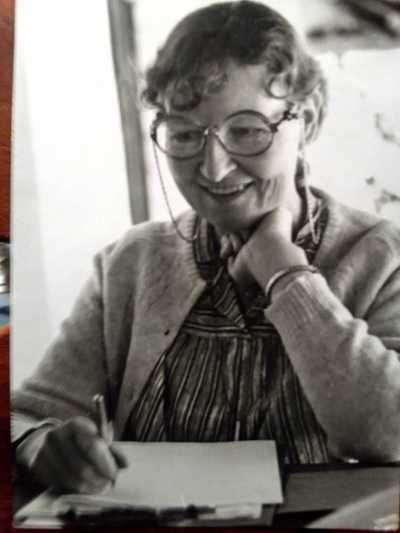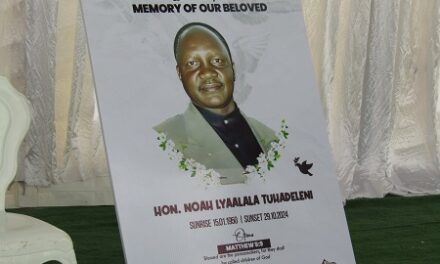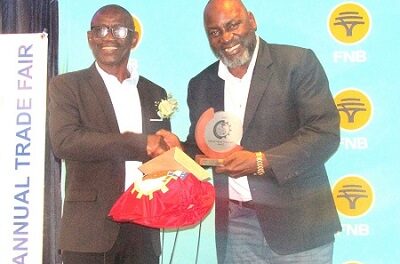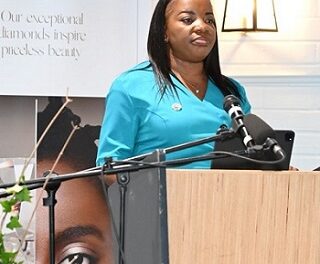
By Kleopas Nghikefelwa /
This month I was reading a document titled, the “Dreams and Reality of the Finnish San Mission in North-Central Namibia, 1950–1976,” by Prof. Harri Siiskonen.
According to the author, “In the early 1950s, the Finnish Missionary Society (FMS) prepared plans to open a separate mission field in the eastern parts of Ovamboland for the San”, in Okongo or !Nkongo.
Officially the San Mission began to operate in 1959 when Finnish missionaries settled at the Okongo Mission Station. “In early 1960, Eino Pennanen, was the first Finnish missionary at the Okongo Mission Station”.
But through my experience and research of local history, especially the history of Finnish Mission works among !Nkongo San, or “Bushmen” as they were called at the time, those who recorded the history forgot to mention and acknowledge the hard work done and the contribution of the local Owambo people or missionaries, like my father Sakaria Nghikefelwa, Evangelist Frans David, Lot Kaishungu, Rev. Josia Mufeti, and many others who guided and helped or served in Finnish missionary activities, especially among the Bushmen people of Ekoka and Okongo.
When I read Prof. Harri Siiskonen, about Okongo Bushmen, I discovered that less was mentioned to acknowledge the contribution of the local people.
I am now busy compiling oral stories, about the contribution of the local people to Okongo San mission activities between 1960 and 1980.
I was asked to do this by Prof. Akkira Takada, a professsor from the University of Kyoto, Japan, who also discovered the missing parts in history about the roles and biographies of those local people who served in Finnish Mission activities among Okongo San communities, and what can we learn from them today, to make a difference in San communities in Namibia.
Prof. Takada also wrote a book about Ekoka Xunu, hunters among farmers, but he acknowledged only the names of Sakaria Nghikefelwa and all other local people who contributed to his research studies.
But he did not mention the role they played and contribution they made to Okongo San Development projects.
In Okongo community my father Sakaria Nghikefelwa, is well-known as a well-trained linguist who used to speak the Bushmen language fluently and he helped a Finnish missionary, Turkki Heikkinen, in translating all biblical materials that were used in !Nkongo Bushmen mission schools.
But I think in the future to decolonize history, the researchers should not depend too heavily on secondary information (like reports, books and others), but they should also come and spend time on the ground, and compare the documented information with the reality of the environments where historical activities took place.
Namibian history has been for too long produced and fabricated (in university research centres and printing studios) far from the communities where the history originally came from.
Generally, I would like to see more Namibian history researchers to come on the ground when they are writing about our people’s history. Nothing for us without us.
Furthermore, more funding is needed to document well Namibia’s oral history into formal written history. UNAM history department and other stakeholders should raise more funds for promoting more accurate history and cultural research projects.
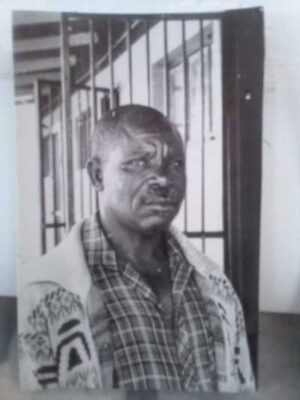
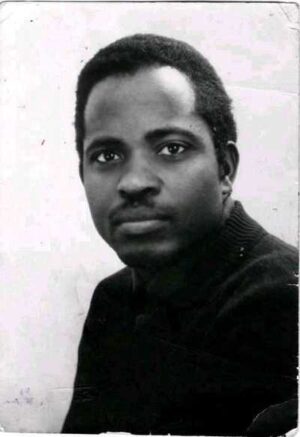
In the photo: Tertu Heikkoinen, a Finnish missionary served in !Nkongo San Mission, at Ekoka, during the difficult time of the war, between the 1970s and 1980s. In another image are two local Namibian missionaries who played an important role in !Nkongo San mission development activities between 1960 and 1980, Evangelist Frans David (1950-1990s) and Sakaria Nghikefelwa (1970-1980s).
– Mr. Kleopas Nghikefelwa is a theologian, museum and heritage professional and researcher of Finnish Missionary work in northern Namibia.

